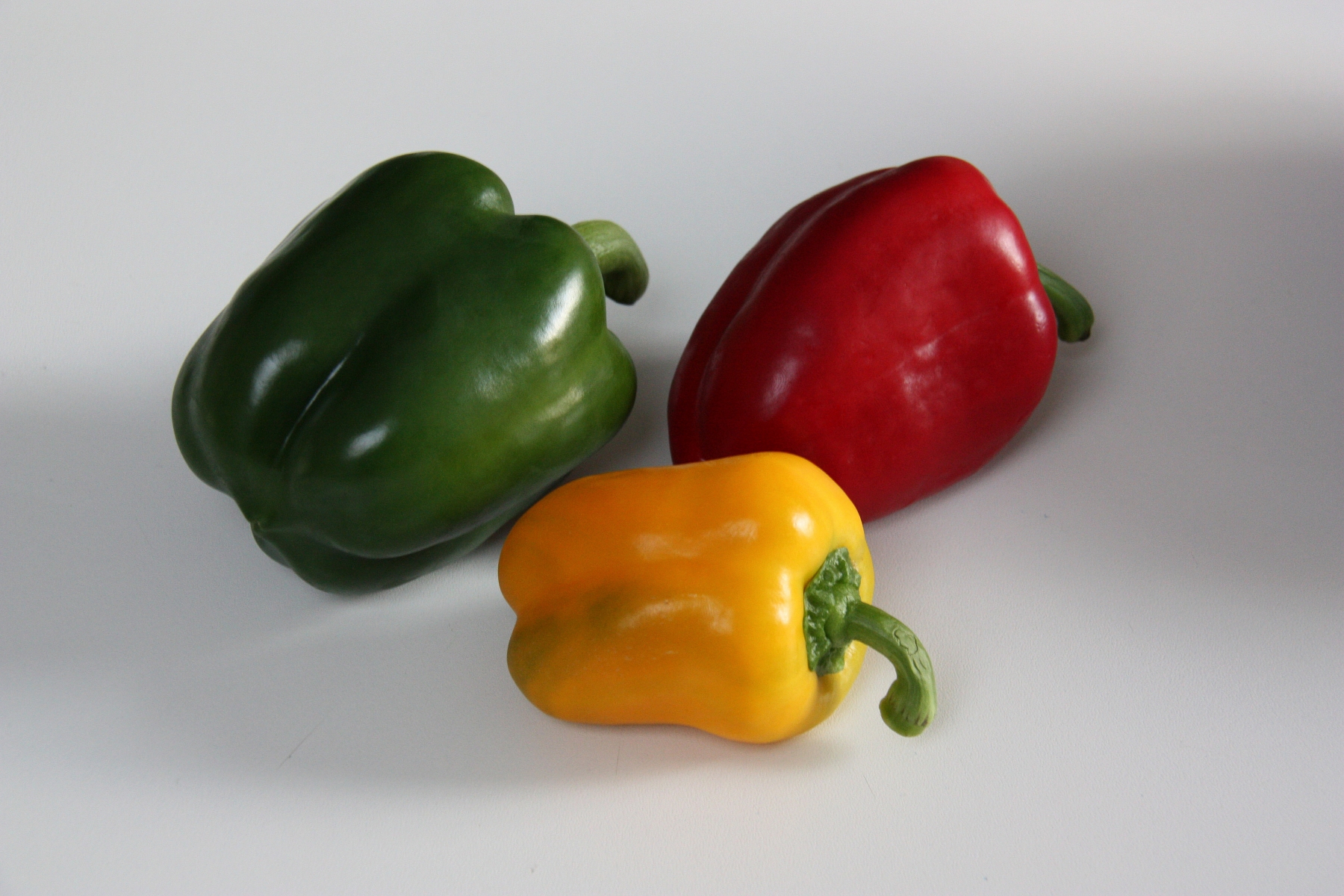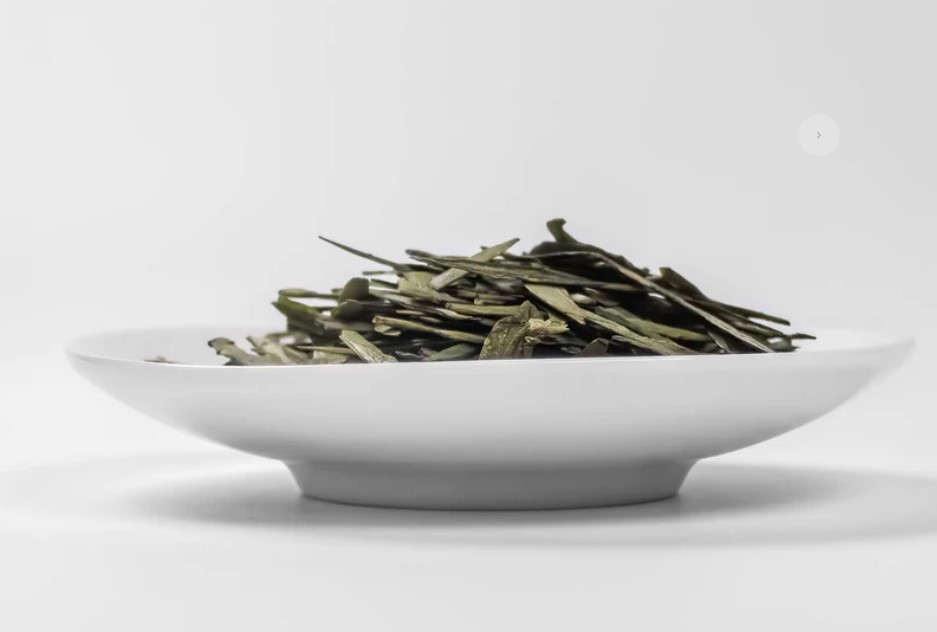Nestled on the crossroads of Europe and Asia, Turkey boasts a rich and diverse culinary tradition that has delighted palates for centuries. From the sizzling kebabs of Istanbul to the sweet baklava of Gaziantep, Turkish cuisine offers a vast array of flavors and dishes. Among these delights, one gem stands out: Çevırı.
Çevırı is a Turkish culinary treasure that has captivated the taste buds of locals and intrigued adventurous food enthusiasts from around the world. This dish is an exquisite representation of the country’s culinary heritage, blending history, culture, and flavors into a harmonious fusion.
A History of Flavor
The name Çevırı is derived from the Turkish word “çevirme,” which means to rotate or turn. This dish showcases the Turkish passion for grilling, a technique that has deep roots in the country’s history. The Ottoman Empire, which once spanned vast regions of Europe, Asia, and Africa, was known for its extravagant feasts and culinary excellence. The art of grilling, as seen in Çevırı, is a living testament to this heritage.
Traditionally, Çevırı is made from succulent cuts of meat, typically beef or lamb. These are marinated with a blend of spices and herbs that infuse the meat with intense, mouthwatering flavors. The marinated meat is then stacked onto a vertical rotisserie and slowly roasted over an open flame. As the meat cooks, it is continuously turned, resulting in a tantalizing exterior crust and juicy, tender interior. This method of cooking ensures that every bite is a symphony of tastes and textures.
A Symphony of Spices
The secret to the exceptional taste of Çevırı lies in its spice blend. While recipes may vary from region to region, common ingredients include cumin, paprika, garlic, oregano, and sumac. These spices combine to create a rich and aromatic marinade that infuses the meat with a unique and complex flavor profile.
Sumac, a tangy spice derived from berries, is a standout element in the marinade. It imparts a zesty, citrusy note that sets Çevırı apart from other grilled meats. The blend of spices is not only delicious but also an homage to the ancient trade routes that once traversed Anatolia, bringing with them exotic flavors and culinary influences.
Serving Çevırı
One of the joys of savoring Çevırı is in its serving style. The meat, once cooked to perfection, is typically sliced thinly and served in various ways. The most common presentation is as a wrap or sandwich. The tender meat is placed in a flatbread, known as “yufka” or “lavash,” and accompanied by fresh vegetables, yogurt, and tahini. The result is a delightful combination of flavors and textures that make each bite a culinary adventure.
For those who prefer a plated presentation, Çevırı is served with a side of rice pilaf, grilled vegetables, and a drizzle of sauce, often a garlic-infused yogurt dressing. Regardless of the serving style, this dish is a true masterpiece of Turkish cuisine.
Where to Savor Çevırı
While Çevırı is found throughout Turkey, some regions are particularly famous for their rendition of this beloved dish. Istanbul, with its bustling street food scene, is a great place to try it. Vendors and small eateries line the streets, offering this flavorful delight to locals and tourists alike. Additionally, cities like Adana, Antalya, and Gaziantep in the southern part of Turkey are renowned for their 1500+ Çevırı, often seasoned with regional twists.
A Culinary Adventure
For anyone seeking an unforgettable culinary adventure, exploring the flavors of Turkey is a must, and Çevırı should be at the top of the list. This dish represents not only the skillful preparation of meat but also the diverse history, culture, and passion that define Turkish cuisine.
The tantalizing blend of spices, the slow cooking process, and the art of grilling come together to create a sensory experience that is both exotic and comforting. Whether enjoyed as a quick street food snack or savored as a full meal, Çevırı offers a captivating journey for the taste buds, allowing diners to savor the flavors of a nation with a rich and flavorful culinary heritage.


